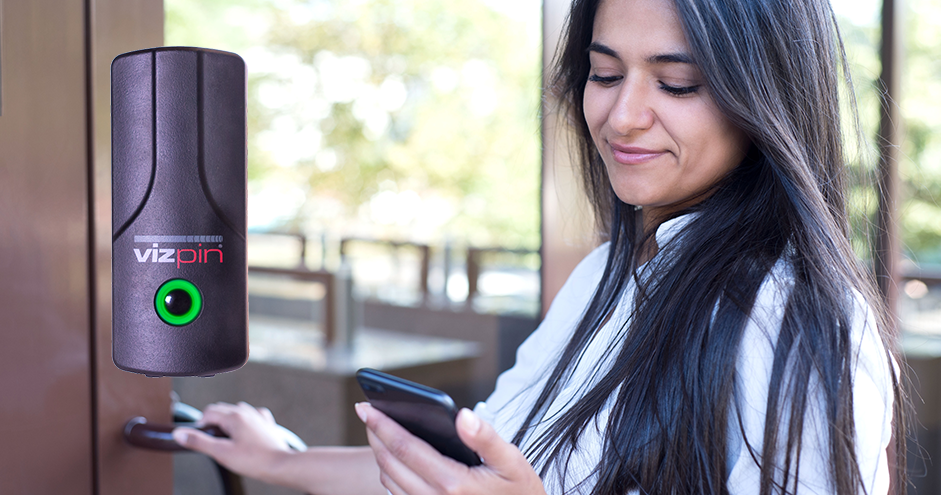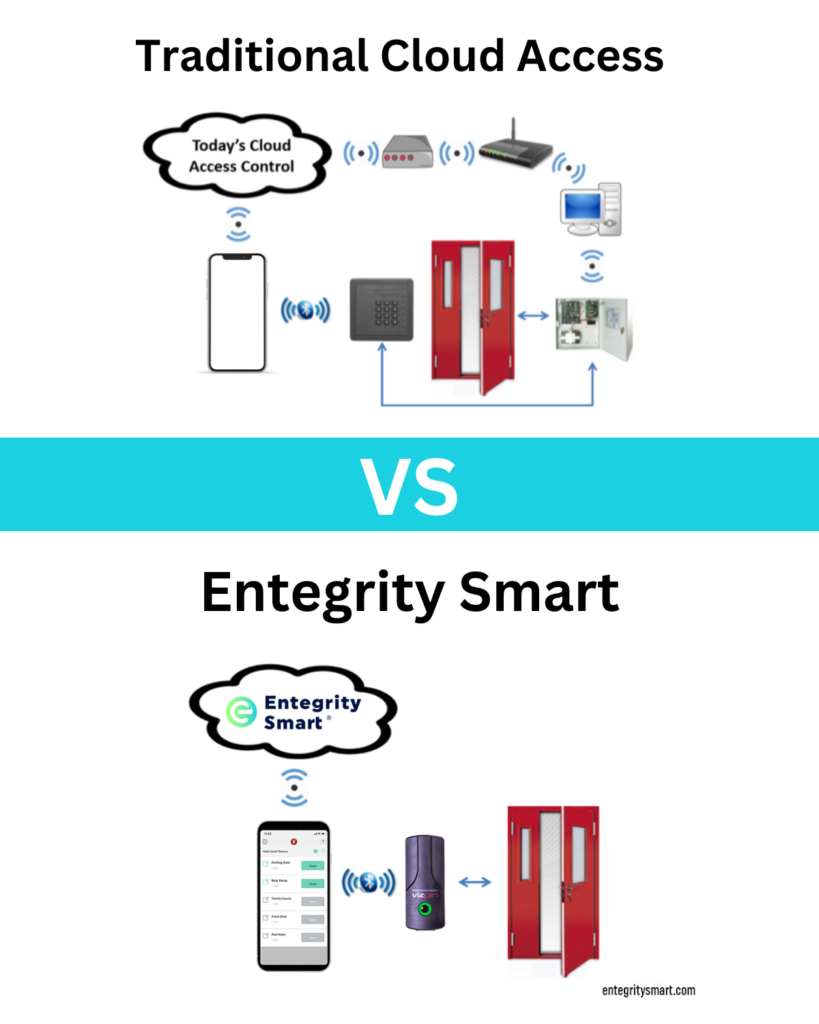Top 7 Reasons to Consider Upgrading from a Traditional Access Control System to Smartphone Access Control
Traditional access control or key card systems that use an electronic card or fob instead of a lock and key solve a number of problems. As a result, many multifamily property owners and managers replaced their locks and keys with key card systems. Today, however, many of them are upgrading to smartphone-based, Bluetooth access control systems because their key card systems didn’t solve all their problems. They offer many reasons for changing, some obvious and some you may find surprising:

1: Sharing
It’s happened to us all. A property manager arrives at the leasing office, or a resident arrives at the onsite gym or pool, only to realize they’ve forgotten their key card. Rather than going home to retrieve it, they wait patiently for the next person to arrive at the door, apologize for their forgetfulness and ask if that person can let them in. Chances are they will.
Later in the day the resident wants to run out to grab a snack to bring back to the pool. Rather than trust that another person will be entering when they return, the resident asks to borrow a key card from another resident or from a manager. They will likely hand it over without thinking twice. While the ease of sharing may be convenient for those who forget their key cards, it also creates potentially dangerous situations in which no one is certain who’s coming and going.
2: Network Connection
Often traditional key card systems use the same network as a property’s critical business systems. So, what’s the matter with that?
Imagine the problems this could cause if someone hacks into the network through the key card system. One may think this only happens in the movies but ask the owners of the Austrian hotel that was hacked, leaving 180 guests locked out for ransom, and they’ll confirm that the threat is very real.
Another factor is the number of times a network is spotty or goes down temporarily. Each time that happens, residents could be locked out of their building or their apartment.
3: Installation Costs
A manager feels good about choosing a traditional key card system that seems to suit the property’s needs. Chances are their mood will change once they get the quote for installation. Traditional key card systems are wired into a central panel, which requires a local network. This calls for expensive wiring, routers, an ISP, and often even IT consultants to ensure proper installation. It’s not hard to imagine how installation costs can quickly skyrocket.

4: Vandalism
Traditional key card systems utilize keypads or card readers that need users like residents to be very close to their unit doors. That requires keypads or readers to be mounted where users can physically access them – outside of the door or building. Having keypads or readers mounted outside leaves them susceptible to bad weather or vandals who can easily damage them, cut wires or remove them altogether. There are even some keypads that can be easily “hot-wired” to open the door using a simple screwdriver.
5: Time Management
Most traditional key card systems are complicated to manage and require special training. They also require residents, staff, and vendors to go to an office during working hours to get a key card. And, if that key card is lost or stolen, they must return to the office for a replacement. This is not only inconvenient, time consuming and expensive for these users, it also wastes the property manager’s time. And, if it’s after hours and a resident experiences a lockout, they’re out of luck.
6: Expansion
Say a property manager were unaware of – or not concerned with – the issues above, and they installed a traditional four-door key card system on their property. Now, several months later, they want to add an access solution to a fifth door. Just install another reader, right? Unfortunately, it’s not that simple.
To add another door to a key card solution requires installing wiring from the new door to the central panel. And, since the original system only supports four doors, the manager needs to purchase an additional “expansion” module and possibly upgrade the software to expand. It’s not hard to see how costs can escalate quickly.
7: Hidden Costs
Speaking of costs, multifamily property owners and managers who previously used traditional key card systems often complain about several other costs they never anticipated. For example, when using a traditional key card system, adding new users or replacing a lost or stolen key card requires purchasing new key cards. Those costs add up.
In addition, at high-turnover locations, there’s a significant administrative cost associated with deleting old key cards from the system and adding new ones. And, regardless of turnover, managers spend a significant amount of time reissuing lost or stolen cards or fobs and are interrupted by users calling to request access when users forget them.
Smartphone Access Control
Smartphone Access Control systems were developed to address all these challenges, taking access control to the next level. Keyless, cloud-based systems are safe, affordable and convenient for both admins and users.

